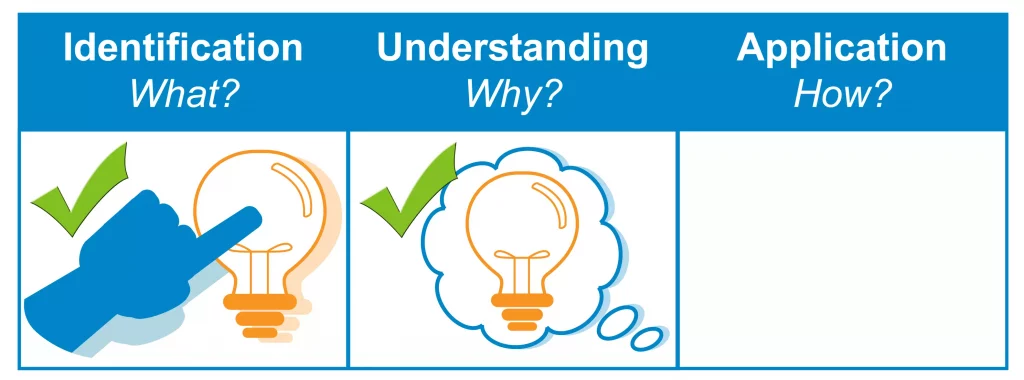Course Description
The Composite Basics course is a materials course that covers basic composite information on creating a composite, and how composites are designed. Part design covers all aspects of materials, fabrication methods, operating environs, and surrounding structure protection. Material selections are also presented, to include matrix types, material forms and core materials.
Learning Hours: 3
Who will benefit from this Composite course?
Anyone in design engineering, quality, manufacturing engineering, sales, purchasing; anyone without basic composites knowledge.
Course Classification

*THORS uses the Bloom’s Taxonomy Methodology for our course development.
Certificate Awarded for Composite Basics

*upon successful completion
Related Posts

Is Your Issue a Skills Gap or a Knowledge Gap?
You may have received a call to action to address the skills gap, which might feel making a bridge across the Grand Canyon with a

Non-destructive testing: Creating a safer world
You will be surprised to know how much of our daily safety depends on non-destructive testing (NDT). In 2014, at least 126,698,000 lug nuts were

Orientation versus Onboarding: Understanding the Differences
When discussing “orientation versus onboarding”, it’s vital to recognize that, though frequently conflated, they serve distinct purposes in the professional environment. Despite both focusing on





